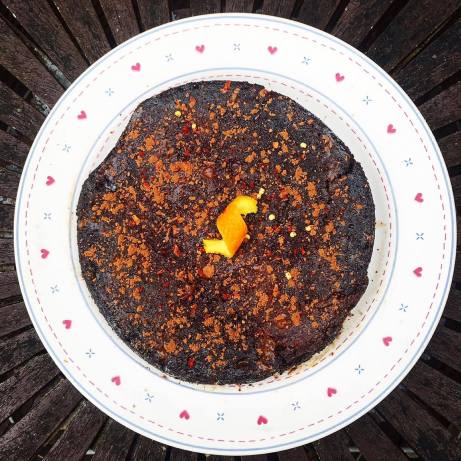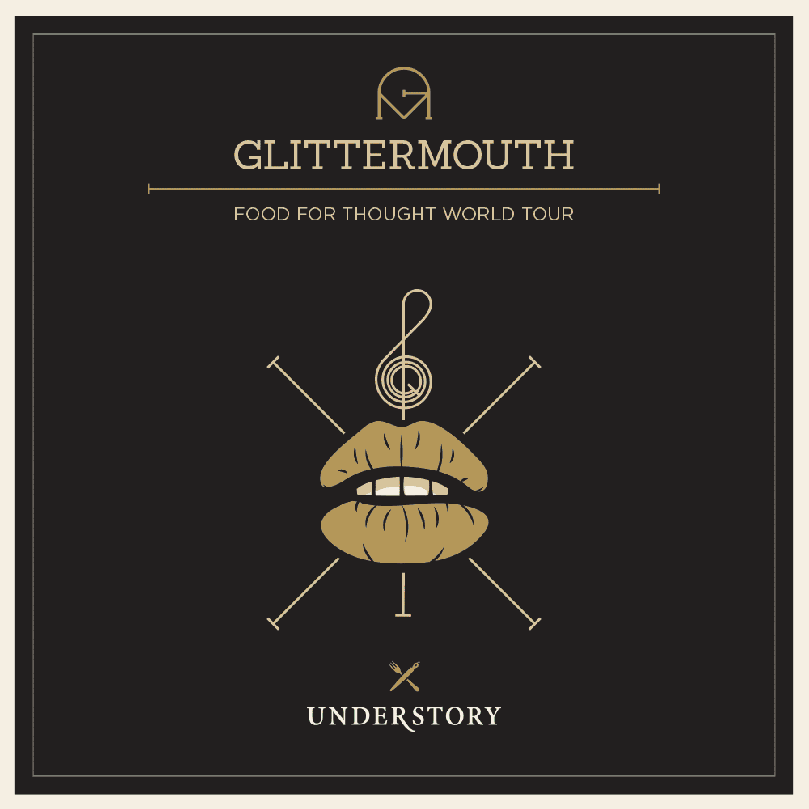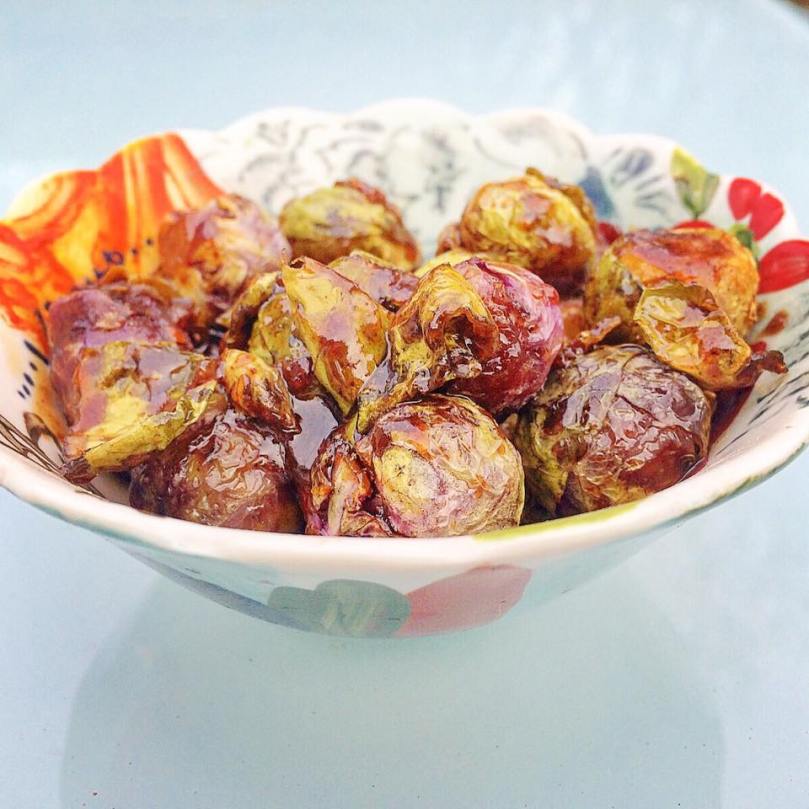
2016. The year when black mirror becomes reality? Since David Cameron’s pig fetish was unearthed last year, everything that’s followed since has closely resembled Charlie Brooker’s dystopian future. Between Brexit, the rise of ISIS, Trump’s potential presidency and an array of celebrity deaths, this year has felt like an extended, shared nightmare. Saturated with cynicism, I naively believed that nothing could more could shock me this year.
But alas, my naivety was shattered on Monday when I innocently flicked on the TV to be unwillingly presented with five perfectly waxed vaginas, waiting for me to judge them. Channel 4’s new dating show, Naked Attraction, shows contestants an array of sexual organs and the lucky man or women chooses their potential life partner based on their pale, shrivelled naked bodies. No, Naked Attraction is not a dark prediction of what reality TV could become, dreamed up by the sick mind of Charlie Brooker. It’s a genuine dating show that has become the reality of TV (although it does closely resemble that Black mirror episode where people have to cycle all day on exercise bikes to earn money so they can enter an X-factor style competition to become a pornstar… but I’m starting to think the real-life version is sicker and more damaging).
That’s right folks, young men and women choose a date based solely on what their potential partner’s genitals look like. This is being shown on one of the nations most popular channels at 10pm on a Monday night, arguably one of the most watched time-slots. How this was given the go-ahead, I have absolutely no idea. The only logical explanation is that Channel 4 are gunning for the title of worst TV show ever, in the hopes of following in the footsteps of The Room and developing a cult following. Apart from instead of throwing spoons at the telly, will followers ironically throw their clothes and watch nude in solidarity? Who knows. In this horrifying year, I wouldn’t be surprised.
There are many things about this show that triggered a wild rage within me, but I’ve somehow managed to narrow down the top 3 reasons why I think this is the worst thing ever to happen to TV, culture and 2016:
1.It’s fuelling our body image obsession. The current climate for body shaming and eating disorders is as bad as it’s ever been. Sure, we may have traded in fat shaming for skinny hating, as the obsession with thigh gaps and collar bones shifts into ‘healthier’ goals of washboard abs and toned butts, but we’re still evaluating people based on image. The message is the something we all feared but secretly hoped wasn’t true: how you look is paramount. When you air a show where guys write off women because of their weird big toe or women discount men due to their chest hair (or lack thereof), you’re sending the nation a message -all of your biggest insecurities aren’t just in your head; other people notice them and judge you for it. Those self-conscious days where you poke at all your flabby bits but reassure yourself that no one else can tell you’ve put on weight. When you stare at your big spot in the mirror for hours, trying to convince yourself that only you can see it.
This show plants seeds of doubt and worry, that inevitably grow into crippling self hatred and blossom into a full blown eating disorder. Both me and my housemate admitted we both went into a rooms and stares at ourselves naked in the mirror, wondering how we would be judged and if our bodies would be enough to win us a date. Though it’s stupid to be influenced by shitty TV, it doesn’t take a lot to trigger feelings of body insecurity. This show teaches its’ watchers that their ability to make people laugh, their intelligence, love for the outdoors, interests, hobbies and skills are all insignificant. Portraying an ideal body image not only causes us to question our looks and lose self- confidence, but it causes us to undervalue our positive traits. Naked Attraction undermines all positive body image campaigns that tell us to ‘love ourselves’, and highlights the intense focus on image. This will have scary consequences for a world already rife with disordered eating and image obsession. More conceptually, it confirms the sad fact that this is not an episode of black mirror. This is the reality of the superficial world we live in.
2. They are actually trying to palm the show off as an interesting ‘evolutionary experiment’. Channel 4 have said Naked Attraction is actually just an experiment to test whether or not we can rely on our primal instincts to find a suitable partner. Because up until now we had no clue whether we judged each other based on looks, right? In the real world, we evaluate a person holistically. Yes, of course we choose our mates based on sexual attraction, but this is made up of an array of overlapping traits such as their humour, morals and intelligence. Boiling down mate choice to one aspect of a person is not only dangerous, it’s scientifically inaccurate. It’s pretty clear that the sole reason for producing this show was because it’s controversial nudity would reel in the views. Pretending to be future-thinking and liberal is embarrassing and disrespectful. Don’t try to fool the public that you’re doing anything other than chasing the ratings by passing it off is science. That’s almost as stupid as using a song about rape as the theme tune.
3. THEY USE A SONG ABOUT RAPE AS THE THEME TUNE. Blurred lines, arguably one of the most hideously sexist songs that was banned from most University campuses has somehow creeped it’s way back as the theme tune for Naked Attraction. I honestly have no words.
So if you’re thinking of watching Naked Attraction tonight, please think again. Let’s boycott this show and cook delicious food instead. This recipe is a twist of one of my favourite breakfasts/brunches/brinners. It’s easy to make and beautiful…on the inside and out.
Huevous rancheros with elder flower beans and pesto guacamole :
Salsa:
1 punnet tomatoes
3 roasted red peppers (jar)
1 red onion
1 chilli
1 handful parsley
1 tablespoon olive oil
- Finely chop all ingredients and mix together in a bowl. Season well with salt and pepper.
Pesto guacamole:
100g pistachios
1 bunch basil
1 tablespoon olive oil
2 avocado
2 gloves garlic
lime juice
coriander
1 tablespoon Greek yogurt
1 tablespoon honey
- Blend all together. Start with the pistachios, basil and olive oil to make a pesto. Then add the remaining ingredients. Season well with salt and pepper.
Beans:
1 tin butter beans
2 tablespoon elder-flower cordial
1 teaspoon tahini
1 teaspoon smoked paprika
1 teaspoon chilli flakes
- Drain beans and cook them over a hob with a splash of oil until they start to split.
- Add in elder flower, tahini, salt, pepper and spices. Cook for a remaining 5mins until soft.
- Lightly mash before serving.
Tortilla (Can make them yourself very easily – recipe to follow next week!)
Fried egg (1-2 per person)
Thinly sliced radishes
- Fry one or two eggs per person ( crack onto a buttered hot pan, cover and leave for 3-4 mins.
- Compile onto a hot tortilla. I suggest beans first then egg, salsa and guac. Top with thinly sliced radishes for extra crunch.





















 Only a month a go I took to this blog to rant about bacon-gate, when the headlines simplified the finding of a correlation between processed meat and cancer into the definitive statement that bacon cause cancer. This week, the media managed to misinterpret research in such a ridiculous manner that I’ve been riled up yet again. The latest ‘scientific finding’ is that a vegetarians diet is bad for the environment. Even the more reputable newspapers have been printed this story driving the internet wild with meat-eating trolls taking pleasure in blaming vegetarians for global warming.
Only a month a go I took to this blog to rant about bacon-gate, when the headlines simplified the finding of a correlation between processed meat and cancer into the definitive statement that bacon cause cancer. This week, the media managed to misinterpret research in such a ridiculous manner that I’ve been riled up yet again. The latest ‘scientific finding’ is that a vegetarians diet is bad for the environment. Even the more reputable newspapers have been printed this story driving the internet wild with meat-eating trolls taking pleasure in blaming vegetarians for global warming.
